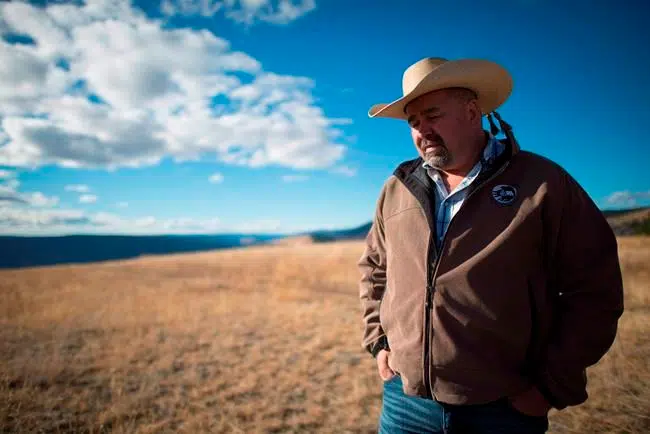
First Nation to use blockades if necessary to protect ancient B.C. burial site
VANCOUVER — Members of a British Columbia First Nation are remembering a warrior chief who was wrongfully hanged 151 years ago and say they won’t allow another injustice to be done to their ancestor.
The First Nation says a service was held Monday at the site of a high school in New Westminster, B.C., which was built atop a former cemetery where the remains of Tsilhqot’in war Chief Ahan may have been buried after he was executed on July 18, 1865.
Joe Alphonse, tribal chairman of the Tsilhqot’in national government, said four of six chiefs attended the ceremony and that members smudged the grounds, made a tobacco offering and drummed songs to pay tribute to Ahan.
Alphonse said there are no records to indicate that the warrior’s remains were taken to the cemetery after originally being buried at a courthouse square in the city.


